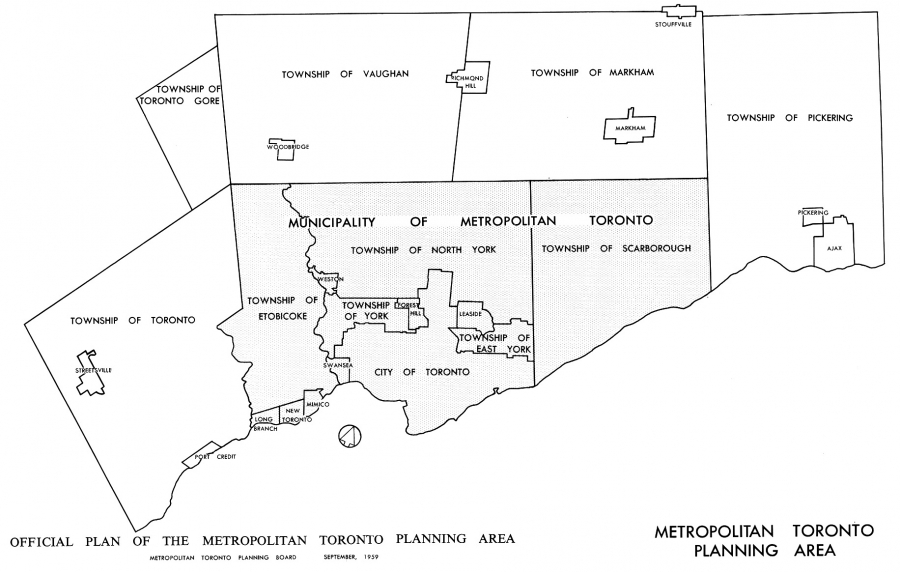Rainforest
Senior Member
Torontonians Strongly Support Eglinton West LRT
Across Toronto:
At-grade LRT: 60% support, 13% oppose
Subway: 49% support, 23% oppose
Targeted separations: 59% support, 14% oppose
In Etobicoke-York:
At-grade LRT: 67% support, 8% oppose
Subway: 48% support, 22% oppose
Targeted separations: 59% support, 12% oppose
The good part is very solid support for Eglinton West LRT. The margin is so convincing that it isn't compromised by the issue with the poll questions (below).
The not-so-good part is that the questions are skewed against the "some grade-separations" option. Or, at least it appears so based on the article.
For the fully at-grade option, they say: "There was strong support for this configuration. In fact, 60% of Torontonians supported it. Conversely, 13% opposed it and 27% were unsure." The cost isn't mentioned at all.
Then, they write: "Support for some grade separations at $3 billion was supported by 59% of Torontonians. 14% opposed it and 28% were unsure."
Thus:
- The respondents would be confused if those $3 billion represent the total cost of the "some grade separations" option, or the extra cost on top of the at-grade option cost;
- If that's the total cost, the respondents still would have no reference (the at-grade cost) to compare;
- If that's the extra cost, then it is greatly exaggerated. All six major-arterial grade separations combined come to about $1.3 billion. If we go for just 2 or 3, it would be anywhere between $200 million and $700 million dependent on which intersections are selected, and certainly nowhere near $3 billion.
I don't know if that error is deliberate or merely accidental, or if it affected the responses substantially or just a little bit.
In any case, it is unfortunate that the seemingly easy task of formulating the poll questions logically turns out to be so difficult.








